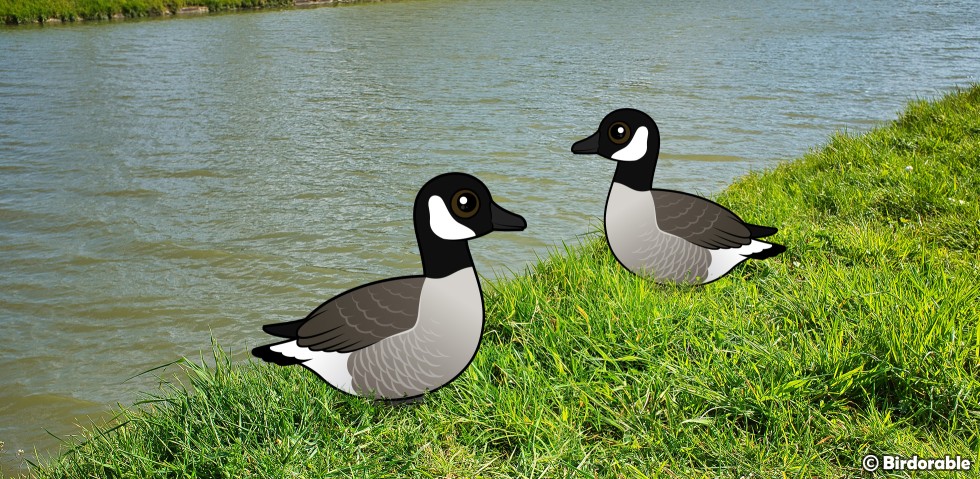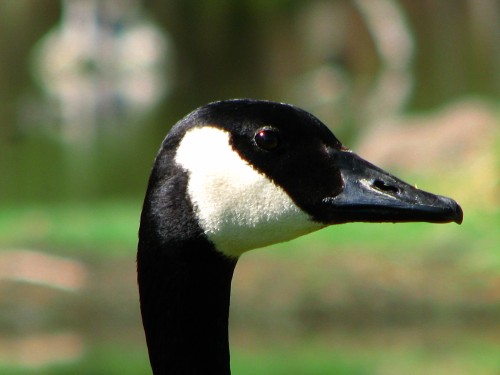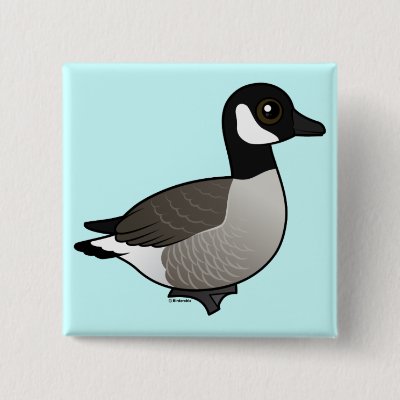A Gaggle of Facts: The Fascinating World of Canada Geese

Did you know that the familiar honk of the Canada Goose is just one of an impressive array of about 13 different calls? These vocalizations vary from loud alarm calls to soft sounds made between mates and family members. But their communication skills are honed long before these geese even hatch. In a remarkable display of early bird chatter, goslings begin to interact with their parents while still in the egg, a process known as 'pipping'.
Here are some more cool facts about the Canada Goose:
Early Bird Conversations
Even before they hatch, Canada Geese are beginning to find their voice. Goslings start to communicate with their parents while still encased within the egg. This early interaction, known as 'pipping,' is crucial for parent-offspring bonding and ensures that the goslings can hit the ground running—or waddling—once they hatch.
Homeward Bound
Loyalty is a hallmark of the Canada Goose, which returns to the same region, sometimes even the exact nest, as their parents did every year. This remarkable homing instinct ties generations of geese to a particular locale, sometimes leading to nests being used continuously over many years by the same family lineage.
Formation Flyers
The V-shaped flying pattern of migrating Canada Geese is not just visually stunning; it's also aerodynamically efficient. By flying in a 'V,' geese conserve energy, drafting in the wake of the bird in front of them. This technique allows some flocks to cover up to 4,000 miles during migration—a testament to their endurance and the strength of their communal bonds.
A Diverse Family
While often seen as a singular species, Canada Geese actually boast eleven different subspecies. These range significantly in size, from the small cackling goose, which can weigh as little as three pounds, to the larger subspecies that can tip the scales at twenty pounds. Such diversity reflects the adaptability of these geese to a variety of habitats and climates.
Global Residents
Canada Geese have a natural range that extends far beyond the borders of Canada. These intrepid explorers have been found as far afield as western Europe, eastern Siberia, eastern China, and Japan. Their expansion across continents highlights their adaptability and the ease with which they can find a home in a variety of landscapes.
Birdorable celebrates the Canada Goose with designs that showcase the bird's charm and appeal, making the intricate world of these feathered wanderers accessible and endearing to all. Whether you're a dedicated birdwatcher or a casual nature lover, the life of the Canada Goose is full of awe-inspiring facts that reflect the wonders of the avian world.

Canada Goose by Michael (CC BY 2.0 DEED)
From their complex communication to their incredible migratory journeys, Canada Geese are a symbol of the wilderness and a reminder of the intricate patterns woven into the fabric of the natural world. These birds, which have expanded their range to include western Europe, eastern Siberia, eastern China, and Japan, continue to fascinate and inspire us with their resilience and grace.
Birdorable celebrates these majestic birds with designs that capture their essence in a cute and accessible way. Whether you're a bird enthusiast or simply someone who appreciates the beauty of nature, Canada Geese have many lessons to teach us, and their stories are worth sharing.














Comments
Leave a comment
Thank you!